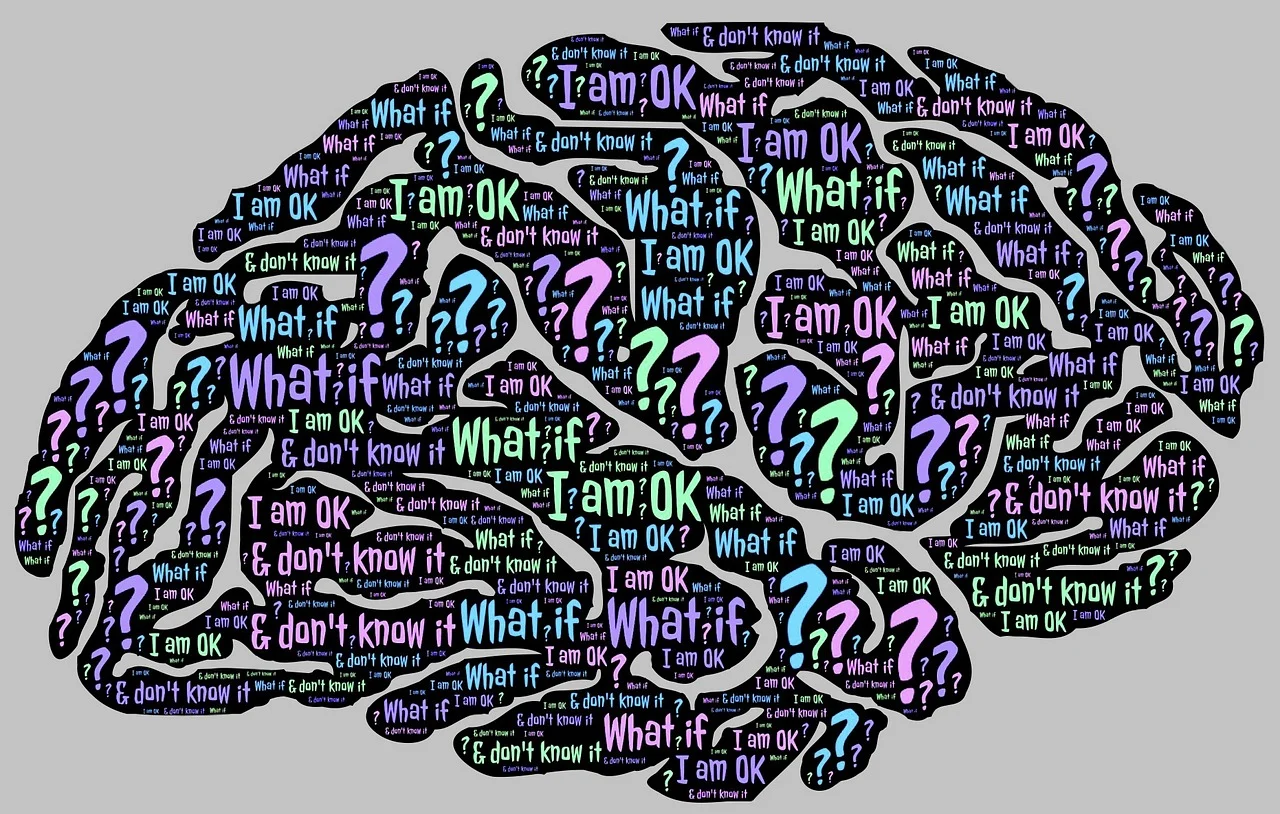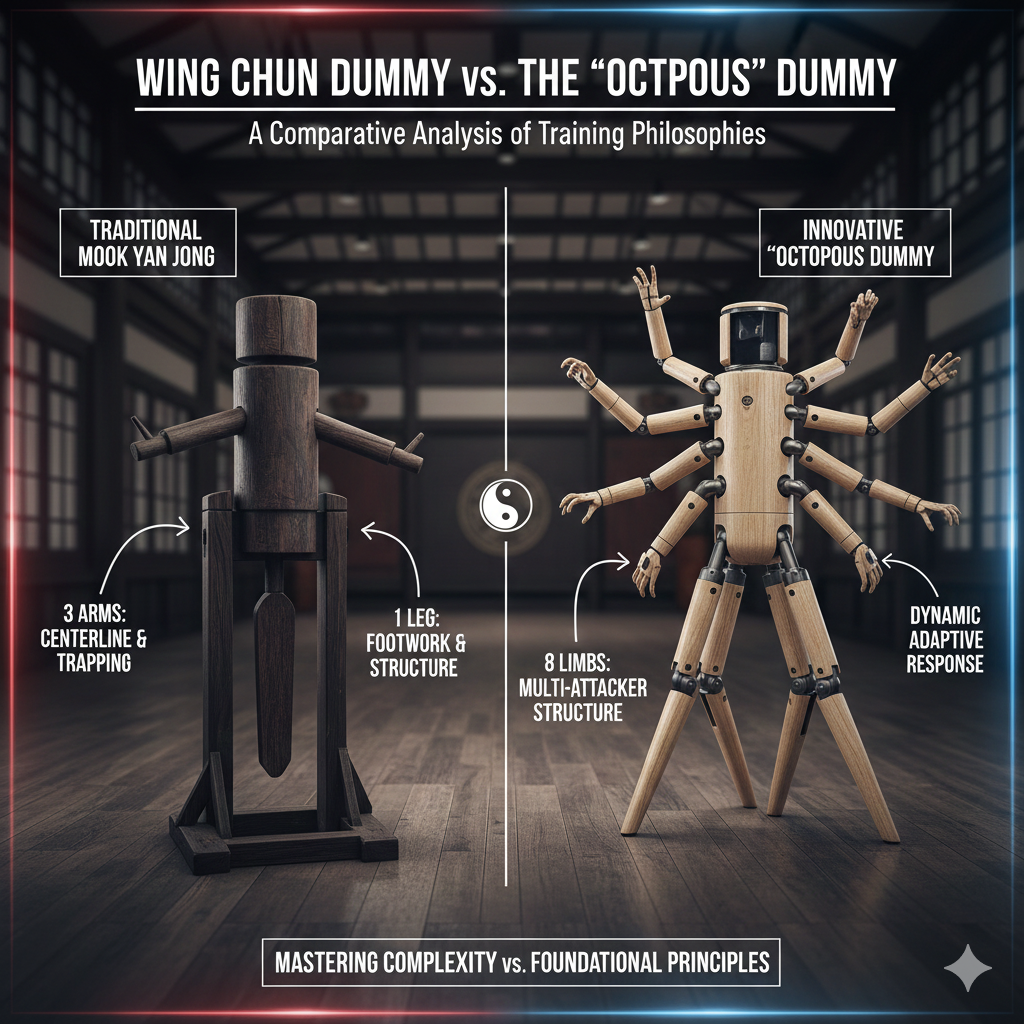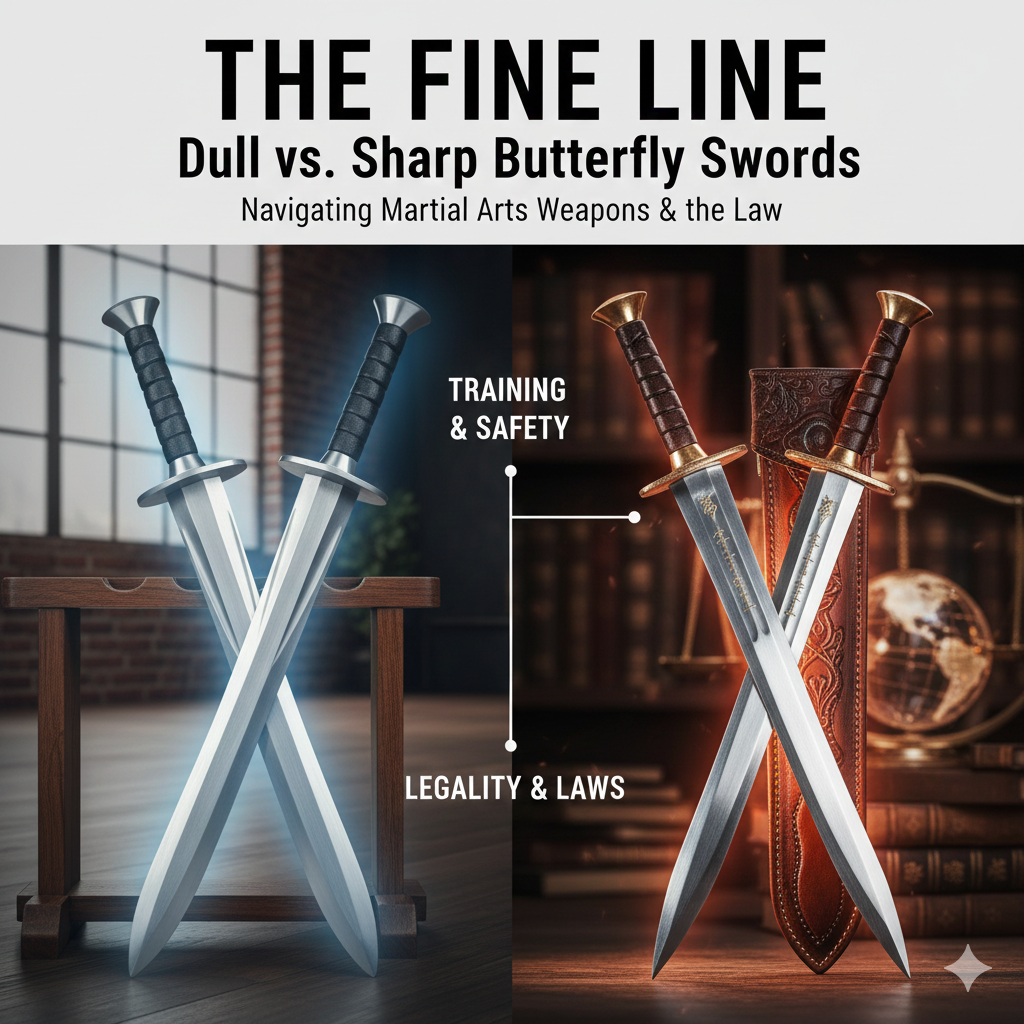Wing Chun is a renowned martial art that has its roots deeply embedded in Southern China, dating back to the Qing Dynasty.
It is believed to have been developed by Ng Mui, a Buddhist nun, who designed the system to be efficient and effective regardless of the practitioner’s size or strength.
This martial art focuses on close-range combat, utilizing quick punches and tight defense mechanisms to overpower opponents.
One of the foundational principles of Wing Chun is ‘economy of movement,’
which emphasizes minimal but effective motions to neutralize threats.
This principle makes it distinct from other martial arts that often rely on elaborate and energy-intensive techniques.
Another core concept is ‘centerline theory,’ which involves attacking and defending along an imaginary vertical line that bisects the opponent’s body.
This approach maximizes both offensive and defensive capabilities by targeting vulnerable points while protecting one’s own.
Wing Chun’s unique aspects extend beyond its techniques and principles.
Unlike many martial arts that prioritize physical prowess, Wing Chun emphasizes mental acuity and strategic thinking.
It encourages practitioners to remain calm under pressure, making it as much a mental discipline as a physical one.
Over the years, Wing Chun has gained global recognition, largely due to the efforts of iconic figures like Bruce Lee and Ip Man.
who showcased its effectiveness and contributed to its widespread popularity.
Despite its rich history and proven efficacy, Wing Chun has faced its share of skepticism and negative perceptions.
Addressing these misconceptions is crucial for both practitioners and enthusiasts, as it helps preserve the integrity of the art and ensures its continued growth.
Understanding the origins and principles of Wing Chun sets the stage for a deeper exploration into why these negative thoughts exist and how they can be effectively countered.
Common Misconceptions About Wing Chun

Wing Chun, a traditional Chinese martial art, has often been subject to various misconceptions.
These misunderstandings can impact the reputation and perceived efficacy of Wing Chun, leading to a skewed perception of this storied discipline.
One of the most prevalent myths is that Wing Chun is ineffective in real combat.
This belief likely stems from its emphasis on close-range techniques and minimalistic movements, which might appear less flashy than the techniques showcased in other martial arts.
However, proponents argue that Wing Chun’s focus on efficiency and directness can be exceptionally effective in practical self-defense scenarios.
Another common misconception is that Wing Chun is too simplistic. This perception arises from its straightforward and economical approach to combat.
which contrasts sharply with the more elaborate techniques found in other martial arts.
Critics may mistake this simplicity for a lack of depth, but experienced practitioners understand that mastering Wing Chun requires significant skill, precision, and dedication.
The simplicity of its movements is designed to facilitate rapid learning and execution under pressure, emphasizing the principle of economy of motion.
Additionally, some believe that Wing Chun is only suitable for self-defense and not for competitive or sportive martial arts.
This misconception might originate from the fact that Wing Chun was historically developed for practical self-defense rather than sport.
While it’s true that Wing Chun excels in self-defense due to its practical applications, it also offers valuable training for competitive contexts.
The principles of balance, structure, and sensitivity can enhance a practitioner’s performance in various martial arts competitions.
These misconceptions are perpetuated by a combination of limited exposure to authentic Wing Chun practice and the portrayal of martial arts in popular media.
Wing Chun’s focus on efficiency and directness may not align with the dramatic representations often favored in films and television.
However, a deeper exploration and understanding of Wing Chun reveal a martial art that is rich in tradition, technique, and practical application.
The Impact of Media and Pop Culture
Media and pop culture have played a significant role in shaping public perceptions of Wing Chun, a traditional Chinese martial art.
Movies, television shows, and even social media platforms have contributed to both the glorification and misrepresentation of Wing Chun.
These portrayals have had a profound impact on its credibility and popularity.
On the positive side, iconic figures like Bruce Lee and Ip Man have elevated Wing Chun to international acclaim.
Bruce Lee, who began his martial arts journey with Wing Chun, integrated its principles into his own martial art philosophy, Jeet Kune Do.
His movies showcased the effectiveness and fluidity of Wing Chun, capturing the imagination of millions worldwide.
Similarly, the “Ip Man” film series, starring Donnie Yen, has highlighted the discipline, philosophy, and combat effectiveness of Wing Chun.
These films have not only popularized Wing Chun but also increased interest and enrollment in Wing Chun schools globally.
Conversely, media representations sometimes perpetuate misconceptions about Wing Chun.
Over-dramatized fight scenes and unrealistic depictions can lead to the belief that Wing Chun is either an invincible fighting style or, conversely, ineffective in real-world scenarios.
These extremes can distort public understanding and lead to unrealistic expectations.
Such portrayals can undermine the credibility of Wing Chun, especially among those seeking practical self defense techniques.
Additionally, the portrayal of Wing Chun in media often overlooks its philosophical and spiritual dimensions, focusing instead on its combat applications.
This narrow depiction can lead to a superficial understanding of the martial art, neglecting its holistic benefits, such as improved mental discipline and physical health.
In conclusion, while media and pop culture have undeniably increased the visibility and popularity of Wing Chun.
they have also contributed to a skewed perception of its true nature and effectiveness.
Understanding Wing Chun requires looking beyond the screen and appreciating its rich history, philosophy, and practical applications.
Criticism from Other Martial Arts Communities
Wing Chun, a traditional Chinese martial art, often faces critique from practitioners of other martial arts.
These criticisms primarily stem from differences in training methodologies, perceived effectiveness in mixed martial arts (MMA) competitions, and other factors.
Understanding these critiques requires a deep dive into the diverse philosophies and practices that define martial arts as a whole.
One of the most common criticisms is related to training methodologies.
Wing Chun focuses heavily on close-range combat, emphasizing quick, efficient movements and direct strikes.
This contrasts with the training approaches of martial arts such as Brazilian Jiu-Jitsu (BJJ) or Muay Thai, which incorporate more groundwork or varied striking techniques.
Practitioners of these other arts often argue that Wing Chun’s limited focus can be a disadvantage in real-world scenarios or mixed martial arts environments where versatility is key.
Effectiveness in MMA competitions is another significant point of contention.
Wing Chun techniques are rarely seen in prominent MMA bouts, leading some to question its practical applicability in such settings.
MMA is known for blending various martial arts to create well-rounded fighters, and the absence of Wing Chun in these arenas has fueled debates about its effectiveness.
Critics argue that if Wing Chun were truly effective.
it would be more prevalent in these high-stakes competitions.
However, this perspective may overlook the fact that Wing Chun’s principles are designed for self-defense rather than sport combat, where rules and regulations can limit the use of certain techniques.
Furthermore, the martial arts community is rife with ongoing debates about tradition versus modernization.
Wing Chun, with its rich historical background, often finds itself at odds with contemporary martial arts that prioritize adaptability and cross-training.
Purists argue that staying true to traditional methods preserves the essence of the art, while critics advocate for evolution and integration of modern techniques to stay relevant.
In light of these critiques, it is essential for the martial arts community to engage in open dialogue, appreciating the unique strengths and philosophies each discipline brings.
By fostering mutual respect and understanding, practitioners can enrich their own training and contribute to the broader martial arts landscape.
Scientific and Practical Evidence of Wing Chun’s Effectiveness
Wing Chun, a traditional Chinese martial art, has garnered attention not only for its historical significance but also for its practical applications in modern contexts.
Several studies highlight the effectiveness of Wing Chun techniques.
emphasizing their scientific basis and real-world applicability.
One of the core scientific principles behind Wing Chun is the concept of economy of motion.
This principle focuses on minimizing unnecessary movements, allowing practitioners to execute techniques swiftly and efficiently.
The centerline theory, another fundamental aspect.
prioritizes protecting the body’s central axis while attacking the opponent’s vulnerabilities.
These principles are not only theoretically sound but have been validated through biomechanical studies that show how Wing Chun techniques can generate maximum power with minimal effort.
Real-world testimonials further underscore the effectiveness of Wing Chun.
For instance, many law enforcement officers and security personnel have successfully integrated Wing Chun techniques into their defensive tactics.
Anecdotal evidence from practitioners highlights scenarios where Wing Chun’s rapid, close-range combat style proved invaluable in self-defense situations.
One notable example includes a Hong Kong police officer who credited Wing Chun training for his ability to neutralize a threat without excessive force, demonstrating the art’s practical utility in high-stress environments.
In the realm of sports, Wing Chun’s influence can be seen in mixed martial arts (MMA).
Several fighters have incorporated Wing Chun techniques into their training regimens, finding its emphasis on speed, precision, and close-quarters combat advantageous in the octagon.
The legendary martial artist Bruce Lee, who studied Wing Chun under Ip Man.
famously adapted its principles into his own martial arts philosophy.
Jeet Kune Do, further testifying to its effectiveness.
Moreover, psychological studies suggest that Wing Chun training can enhance
mental resilience,
improve focus,
and reduce stress.
The discipline required to master Wing Chun techniques fosters a mindset that is not only beneficial in combat but also in everyday life.
Practitioners often report increased confidence and a heightened sense of awareness.
which are critical components of effective self-defense.
In summary, the scientific and practical evidence supporting Wing Chun is robust.
From biomechanical studies to real-world testimonials, the effectiveness of Wing Chun is well-documented.
making it a valuable martial art for both self-defense and personal development.
Training Challenges and Misinterpretations
Wing Chun, like any martial art, presents its practitioners with a unique set of challenges.
One of the most significant hurdles is the requirement for consistent practice.
The art of Wing Chun is deeply rooted in muscle memory and reflexive responses, necessitating regular and dedicated training sessions.
Without this consistency, even the most basic techniques can become rusty,l.
leading to a lack of proficiency and confidence in real-world applications.
Another critical challenge is securing proper instruction.
The effectiveness of Wing Chun heavily relies on learning from a qualified instructor who can impart the principles accurately.
Unfortunately, the proliferation of unqualified trainers and diluted teachings has led to widespread misinterpretations of Wing Chun techniques.

When practitioners receive improper training, they may develop flawed techniques.
which can be ineffective or even counterproductive in self-defense scenarios.
These misinterpretations contribute to the negative perceptions surrounding the art.
Mastery of Wing Chun techniques requires not only physical practice.
but also a deep understanding of its underlying principles.
This can be particularly difficult for beginners 😭 might find the concepts abstract and challenging to grasp.
The intricacies of the simultaneous attack and defense, the sensitivity drills.
and the close-range combat strategies demand a level of mental engagement that can be overwhelming.
As a result, some practitioners may struggle to apply these principles correctly under pressure.
leading to disappointing outcomes that fuel further criticism of Wing Chun’s effectiveness.
Additionally, the tendency to misapply Wing Chun techniques in inappropriate contexts can lead to negative results.
For instance, applying Wing Chun principles in a sport fighting scenario.
which often involves different rules and dynamics, can be misleading and unfairly judged.
This misapplication not only undermines the practitioner’s performance.
but also perpetuates the myth that Wing Chun is ineffective outside of its traditional context.
In summary, the challenges of consistent practice, proper instruction.
and the complexity of mastering Wing Chun techniques play significant roles in the negative perceptions of the art.
Addressing these issues with dedication and accurate training can help practitioners overcome these hurdles and demonstrate the true efficacy of Wing Chun.
Success Stories and Testimonials
Wing Chun, a traditional Chinese martial art, has garnered global appreciation for its practicality and effectiveness.
Numerous practitioners from diverse backgrounds have shared their inspiring stories.
demonstrating how Wing Chun has significantly influenced their lives.
These testimonials underscore the art’s versatility and its profound impact on personal growth, self-defense, and overall well-being.
One remarkable story comes from Maria, a business professional in Spain.
who turned to Wing Chun to manage stress and improve her physical fitness.
After several months of dedicated training, Maria not only achieved her fitness goals.
but also discovered a new sense of mental clarity and confidence.
She credits Wing Chun for helping her navigate high-pressure work environments with a calm and focused mind.
In another part of the world, John, a high school teacher from the United States, found Wing Chun to be a transformative experience.
Initially joining a local Wing Chun class to learn self-defense.
John soon realized the deeper benefits of this martial art.
The discipline and mindfulness cultivated through his practice have significantly enhanced his teaching methods.
enabling him to create a more engaging and supportive classroom environment.
Similarly, in Malaysia, a young mother named Aisha shared her journey of empowerment through Wing Chun.
Concerned for her safety and that of her children.
Aisha began training to develop self-defense skills.
Over time, she gained not only the ability to protect herself but also a profound sense of empowerment and independence.
Aisha’s story highlights Wing Chun’s potential to foster resilience and self-assurance, particularly for women.
These diverse success stories illustrate Wing Chun’s adaptability and effectiveness across various cultures and environments.
Whether for stress relief, professional development, or personal safety.
Wing Chun offers a unique pathway to personal growth and empowerment.
As these testimonials reveal, the art of Wing Chun continues to inspire and transform lives globally.
proving that its benefits extend far beyond physical combat skills.
Conclusion: Embracing Wing Chun with an Open Mind
The journey through understanding Wing Chun has unveiled the depth and richness of this martial art.
debunking the myths that often cloud its perception.
By addressing common misconceptions.
we have highlighted that Wing Chun is not just a combat technique.
but a sophisticated system that integrates physical skill, mental discipline, and cultural heritage.
Throughout this exploration, it has become evident that negative thoughts about Wing Chun usually stem from a lack of knowledge or exposure.
For instance, the belief that Wing Chun is ineffective in real combat situations is often propagated by those who have not fully understood or practiced the art.
Similarly, the perception that it is a simplistic form of martial art overlooks.
its intricate techniques and strategic principles that have been hone over centuries.
To truly appreciate Wing Chun, one must approach it with an open mind, free from biases and preconceptions.
This martial art offers more than just physical prowess.
it encourages personal growth.
enhances mental focus.
and fosters a deep sense of respect for its cultural roots.
The practice of Wing Chun is not merely about self-defense.
it is about cultivating a balance and harmonious lifestyle.
As readers, you are encouraged to explore Wing Chun for yourselves.
Attend classes, engage with practitioners.
and immerse in the philosophy that underscores this martial art.
By doing so, you will discover its practical applications.
its philosophical depth, and its contributions to personal development.
Wing Chun is a living tradition that continues to evolve.
and its value extends beyond physical training to encompass a holistic approach to life.
Embrace Wing Chun with curiosity and openness.
and you may find it to be a rewarding journey that enriches both your body and mind.
Let go of preconceive notions and allow the true essence of Wing Chun to unfold through your own experience and practice.



